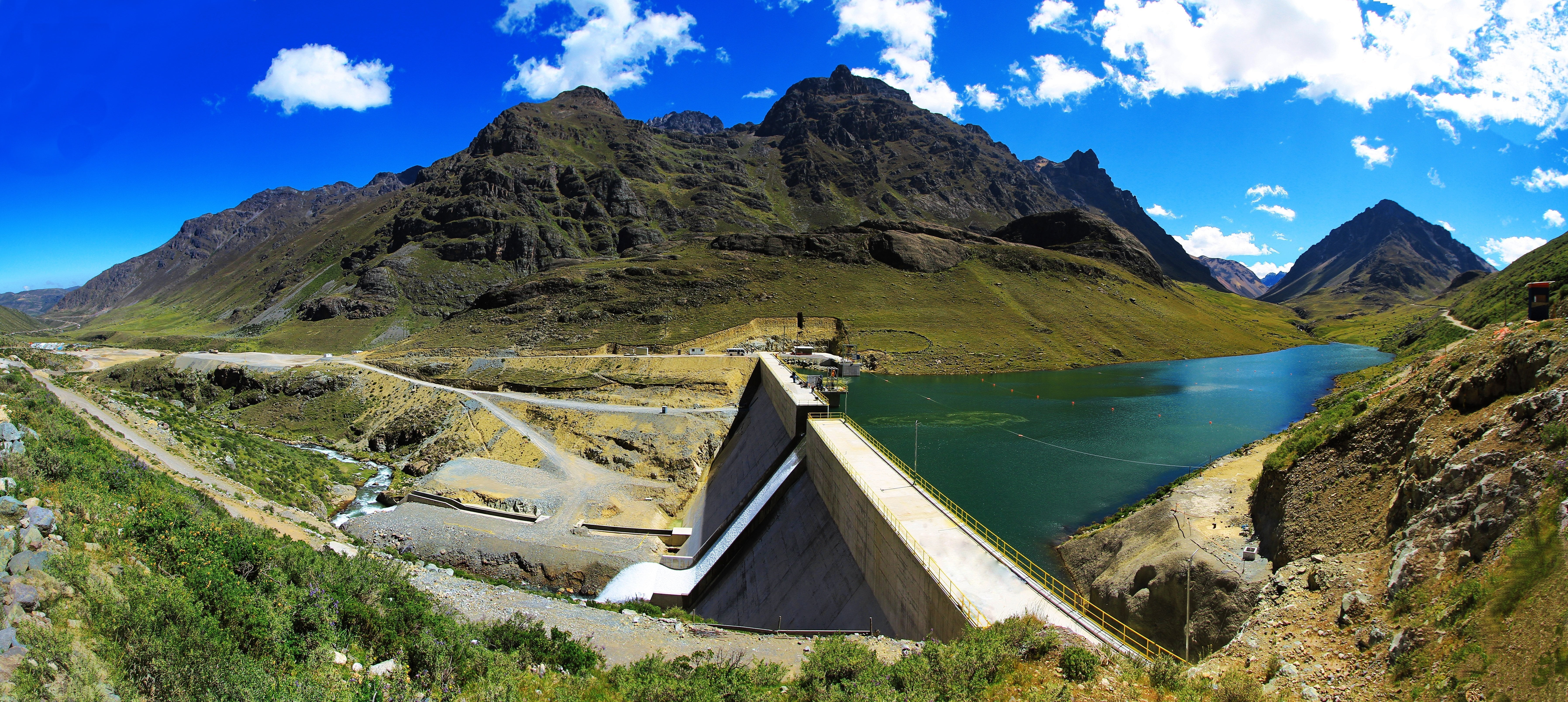The energy market was experiencing a softening of spot and futures prices in June 2019, but hopes for a maintained run were dashed when AGL announced that it’s Loy Yang A plant will be out for a further seven months
This will impact supply at a time when demand is currently higher than the norm.
The company said the shut unit has been out of service since May 18 following an electrical short that damaged the generator. Following a technical assessment, the company now expects it may take until December to return the unit to operation.
When coupled with the fact that Australia is still in a phase of prolonged drought has led to prices in New South Wales, Queensland, South Australia and Victoria being significantly higher than they were six months ago.
New South Wales, in particular, has seen demand increase due to colder weather. Between 7 and 14 June, NSW imported an average 499 MW of energy from Queensland through the interconnector.
Demand progressively increased throughout the third week of June with peak demand for the week occurring on the night of June 20 at 11,701 MW.
South Australia, on the other hand, enjoyed low average spot prices due to very mild weather in Adelaide which saw demand drop significantly.
This was fortunate, given that wind generation in South Australia dropped quite significantly during the same period.
Snowy’s output also dropped throughout June due to capacity at Lake Eucumbene dropping by another percentage point to 23 percent.
Queensland experienced softer than usual demand, but prices soared due to numerous morning price spikes caused by a mismatch in solar ramp-up and morning peak demand which was only exacerbated by reduced baseload.
This phenomenon is related to the Duck Curve.
The market remains unsettled in the wake of the Federal Election, which saw the incumbent government re-elected. The energy industry has long pleaded with the Coalition to implement an energy policy to bring stability to the market.
As things stand with the Coalition’s often ambiguous stand on coal and renewable energy, the market continues to remain in flux with price volatility.
Investors are hoping for a more certain regulatory framework moving forward to reduce the risk in their investments. It is likely the investment environment will still continue to gather steam.
| DATE | REGION | AVG RRP | PEAK RRP |
| 2019/06 | NSW | 91.29 | 105.90 |
| 2019/06 | QLD | 85 | 97.66 |
| 2019/06 | SA | 95.70 | 113.24 |
| 2019/06 | TAS | 96.80 | 108.62 |
| 2019/06 | VIC | 101.81 | 120.77 |
Source AEMO – Prices are $/MWh
Continued dry spells, low hydro output put pressure on prices
The Bureau of Meteorology updated its three-month rainfall outlook which marginally improved the possibility of rainfall in the Snowy Hydro catchment region.
The change was marginal and isn’t anticipated to soften futures prices in the market.
Water levels are currently 23 %, dropping from 24 percent the previous month and are on a continuous downward trend.
At this stage, it is too early to say whether the snow melt will translate into a meaningful increase in water levels.
This is concerning for both drought conditions and also water levels at the two main hydropower stations Snowy (NSW) and Hydro Tas).
The last available figures from Hydro showed an output of 155 GWh, which is less than half of what it produces when the lakes are at a good capacity.
Storage levels at Eucumbene are not expected to increase markedly until the second half of the year following winter rains and the melting of snow cover in early spring.
Lake Tatangara and Lake Jindabyne, which are much smaller, are at 18 and 69 percent capacity respectively.
Tasmania’s hydro plants are also conserving water and have cut production down to a minimum.This operating behaviour is expected to change as storage levels are on the up and winter rainfall has already replenished Tasmanian dam levels to 36 percent capacity.
Shoalhaven expansion and other investments get the green light
New South Wales has made a couple of key strategic moves on pumped hydro, including giving approval for the first stage of the proposed $300 million Shoalhaven expansion project.
Origin Energy has been given the go-ahead for geological works for the major upgrade at its Shoalhaven Pumped Hydro Storage Scheme.
The project stands to double the capacity of the Southern Highlands generator, from its current 240MW to 475MW – potentially making it the second largest pumped hydro facility in Australia.
The Shoalhaven expansion will help the NSW government achieve its deceptively ambitious target of net-zero emissions by 2050 – a big ask at current progress levels, according to the latest report from Green Energy Markets.
Snowy Hydro has reached out to Victoria’s Labor government for support in running a major new transmission line between the NSW pumped hydro scheme and Melbourne.
Snowy is in talks with Victorian utility AusNet, the paper said, and is proposing to pay an annual fee to AusNet to help provide backing to fund the transmission line.
Snowy has its own next-level expansion plans, with the 2.0 pumped hydro scheme aiming to add 2000MW of capacity and 175 hours of storage to the national grid – likely at a cost of more than $6 billion, plus transmission infrastructure.
NSW is not the only state with pumped hydro plans and ambitions.
Queensland has the landmark Kidston Renewable Energy Hub, that in April began early works its 250MW pumped hydro component, which will supply up to eight hours storage using the existing pits of a former gold mine.
In South Australia, AGL Energy has announced plans to build a 250MW/2000MWh pumped hydro energy storage project in an old copper mine about 55km south-east of Adelaide.
And in Tasmania, Hydro Tasmania, with the enthusiastic support of the state government, is looking at its own extensive pumped hydro plans to dovetail with increased wind energy and new transmission lines to the mainland to become the “battery of the nation”.
July outlook
The colder months are pushing the demand for electricity up due to heating. Queensland black-coal generators are expected to maintain strong output and exports of electricity to southern regions over coming months, offsetting the effect of the coal-fired generator outages in NSW and Victoria.
Multiple coal-fired units in New South Wales and Victoria are undertaking planned outages over coming weeks and the performance of the remaining units will be important in determining price outcomes during July.
Further forced outages and unit trips would result in higher average prices, though extreme price events are not expected due to the availability of gas and hydro peaking plants.
Federal Government energy proposals
The Coalition wants to encourage current fossil generators to extend the lifespan of their power plants, although there does not seem to be much appetite to do so due to the rising costs of coal, maintenance of sites and the falling cost of renewables.
In its election campaign, the Coalition announced:
- Extra $2 billion for the Direct Action scheme.
- No additional funds for the CEFC.
- Default offers for residential and small business users.
- Underwriting of new dispatchable generation – shortlist of projects has already been announced.
- No change to the current renewable energy target.
Want to find out the best times to tender for energy contracts?
We hope you enjoyed our June 2019 energy market update. Knowing when to go to the market to purchase energy for your business at future prices is a great way to establish exactly how much you will be paying and for how long.
Our Energy Experts are always plugged into the National Energy Market and will advise you when the time is right to enter into an energy contract. Call us on tel: 1300 852 770 or send us an email on info@leadingedgeenergy.com.au








